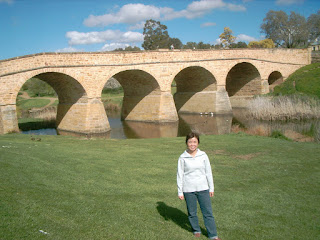To remove your dog's urine from carpet:
- Blot up the urine as quickly as possible with a dry cloth or paper towel
- Apply a small amount of diluted detergent solution consisting of 1/4 teaspoon of mild liquid dish washing detergent with one quart of water; or use a solution of 1/4 cup of vinegar and one quart of water
- Press the solution into the urine spot and continue to blot up the excess.
- Do not rub the urine into the carpet.
- Rinse the spot with clear water or an odor neutralizer and blot dry.
- Place paper towels or clean, dry cloths over the area and weight them down. Change the paper towels or cloths as soon as they are soaked with liquid. Replace with new paper towels or clean dry cloths again.
- Continue the process until the urine spot is dry.
- After the spot has dried, brush the affected area and then vacuum the area, making sure that the affected spot is completely dry before walking on it.
Tip #1: Never use ammonia on a urine spot since urine is ammonia-based. Using ammonia will only attract your dog to return to it again to relieve himself.
Tip #2: In case you smell urine in your carpet but can't locate the exact spot, use a black light to pinpoint the spot.
Tip #3: Prevention is always better than cure. So before your dog urinates on your carpet, consider treating your carpet (or even your upholstered furniture) with a stain-resistant product such as Scotchgard.

